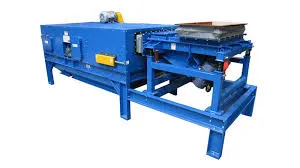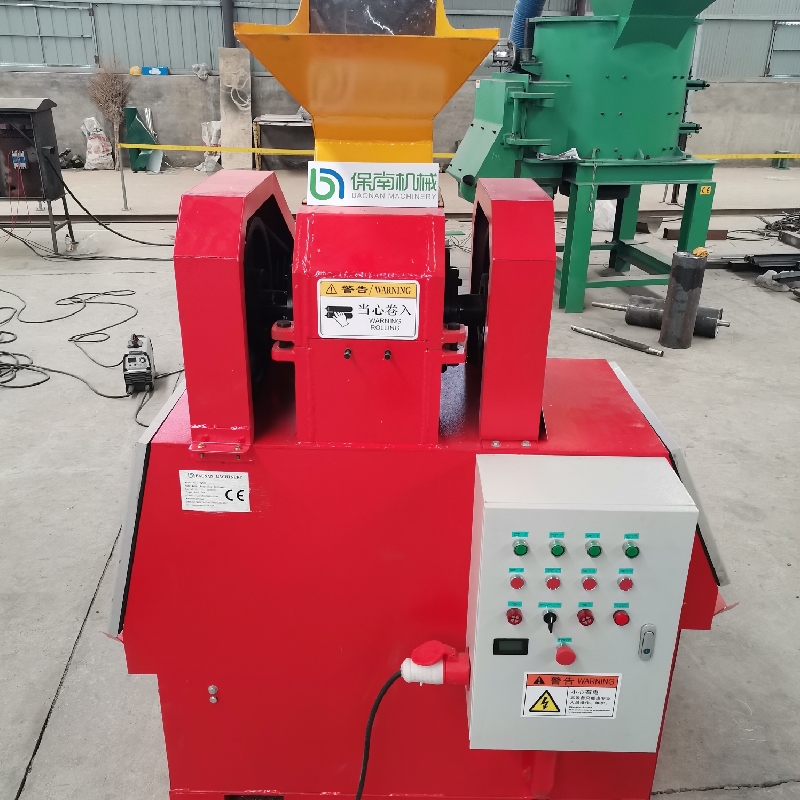

जुलै . 06, 2025 08:27 Back to list

(iron scrap shredder machine)
The iron and steel industry faces rising pressures to optimize recycling strategies, reduce environmental impact, and cut costs. According to the World Steel Association, more than 2,000 million tonnes of crude steel are produced each year, with a significant portion relying on recycled scrap iron. However, efficient processing of scrap iron presents complex mechanical challenges. The iron scrap shredder machine
has emerged as a cornerstone technology, delivering efficiency, safety, and scalability. Market projections indicate that the global metal shredding equipment market is set to exceed USD 1.2 billion by 2028, propelled by government mandates and circular economy trends. Iron scrap recycling plants now increasingly turn to advanced shredders to process materials faster and more safely, positioning themselves competitively in a resource-constrained world.
Today’s scrap iron shredder machines incorporate breakthroughs that maximize output and minimize operational risks. High-torque motors coupled with wear-resistant cutting blades allow for reliable shredding of even the toughest heavy gauge iron. Some models are engineered with automatic overload protection and real-time diagnostics, drastically reducing unscheduled downtimes. Noise reduction systems and sealed housings protect operators and the surrounding environment. Innovations in automation—such as smart control panels, programmable logic controllers (PLCs), and Internet-of-Things (IoT) integration—facilitate remote monitoring and predictive maintenance. Productivity is quantifiable: top-tier iron scrap shredders can process up to 80-150 tons/hr, reducing feedstock to uniform sizes optimal for melting. Such features not only boost plant throughput but also drive down per-ton operating and maintenance costs.
Before selecting a shredder, it is crucial to benchmark leading manufacturers based on core performance indicators, technology integration, maintenance requirements, and after-sale support. The following table distinguishes three prominent brands:
| Manufacturer | Processing Capacity (Tons/Hour) | Blade Material | Control System | Maintenance Interval | Energy Consumption (kWh/ton) | Support & Warranty |
|---|---|---|---|---|---|---|
| Herz Recyclers | 120 | Alloy Steel | PLC & IoT | 3 months | 5.8 | 24/7, 24 months |
| EcoMetal Tech | 90 | Hardened Carbon Steel | PLC | 2 months | 6.5 | Business Hours, 12 months |
| IronMax Systems | 150 | Tungsten Carbide | Advanced PLC & IoT | 6 months | 5.2 | Global, 36 months |
The data reveal that both technical excellence and responsive support are critical to maximizing uptime and throughput in any iron scrap recycling plant. Energy efficiency, automation features, and blade durability are especially important for mid- to large-scale operations seeking long-term ROI.
Not all iron scrap recycling operations are alike; the diversity of input materials, space constraints, and end-product requirements necessitate equipment customization. Leading manufacturers offer modular shredder machine designs, enabling clients to select among various feed hoppers, blade configurations, and automated sorting options. For example, urban facilities with limited space often require vertical shredders or compact double-shaft units. In comparison, large-scale industrial yards may favor horizontal shredders with integrated magnetic separators and dust suppression systems.
Custom service options commonly include:
Successful customization directly improves plant efficiency, reduces staffing requirements, and ensures regulatory compliance for emissions and occupational safety.
A reputable iron scrap recycling plant in northern Europe upgraded its legacy shredding line with a twin-shaft iron scrap shredder. The result was transformative: processing capacity grew from 95 tons/hr to 140 tons/hr, and blade replacement cycles doubled in length. Steel quality improved due to finer, more homogeneous scrap size output, raising melt yield by 3%. Downtime fell by 38%, while the upgraded dust collection system reduced airborne particulate by 64%. In Asia, an automotive dismantling facility deployed a highly automated scrap iron shredder that integrated laser sorting and robotic feed loading. Their throughput increased by 42%, realizing annual savings exceeding USD 200,000 on energy and labor alone.
These real-world examples underline both operational resilience and environmental responsibility, demonstrating how technological investment yields quantifiable returns.
Deployment of modern iron scrap shredders doesn’t just transform productivity—it drives sustainability across the entire metals value chain. According to the Bureau of International Recycling, recycling one ton of iron scrap saves 1.4 tons of iron ore, 0.8 tons of coal, and at least 75% of the energy required for primary production. The cumulative effect: global CO₂ emissions from steelmaking can be reduced by up to 500 million tons per year if advanced shredding and sorting infrastructure is adopted widely.
Additionally, reduced landfill fees and recovered value from separated non-ferrous fractions contribute significant cost offsets, enhancing the economic case for investment. Efficient scrap processing increases supply chain reliability by insulating producers from volatile raw materials prices.
In summary, iron scrap shredders are no longer ancillary; they are central to both profitable business and responsible environmental stewardship.
The journey toward a high-efficiency, future-ready iron scrap recycling plant begins with a clear understanding of facility-specific requirements and a focus on proven, scalable technologies. By comparing features such as processing speed, machine robustness, energy consumption, and after-sales service, operators can secure the right iron scrap shredder machine for lasting competitive advantage. With ongoing innovation and customization capabilities, today’s machines ensure that both economic and environmental objectives are met—positioning stakeholders for success in a circular metals economy.

(iron scrap shredder machine)
Latest news
Troubleshooting Common Eddy Separator Problems
NewsJul.04,2025
The Role of Metal Recycling Plants in Circular Economy
NewsJul.04,2025
The Impact of Recycling Line Pickers on Waste Management Costs
NewsJul.04,2025
Safety Features Every Metal Shredder Should Have
NewsJul.04,2025
How Industrial Shredders Improve Waste Management Systems
NewsJul.04,2025
How Cable Granulators Contribute to Sustainable Recycling
NewsJul.04,2025